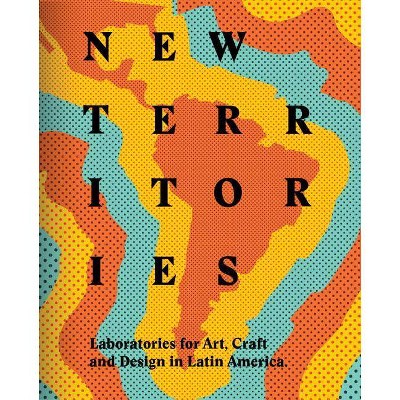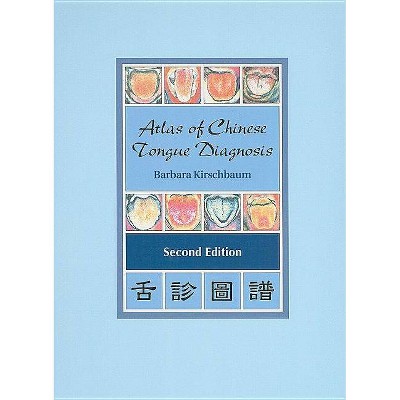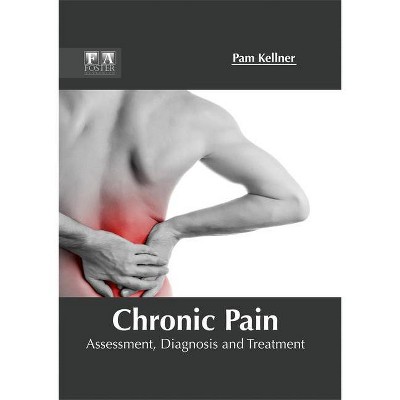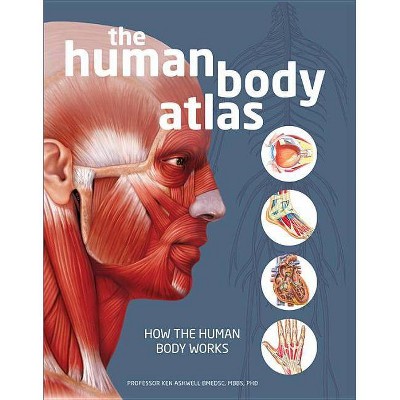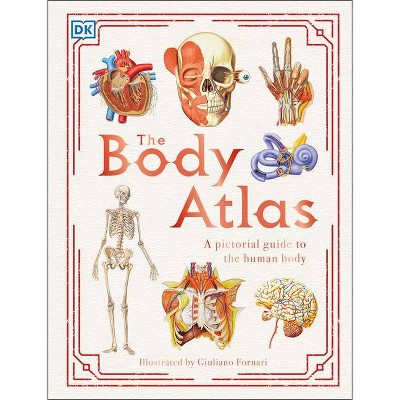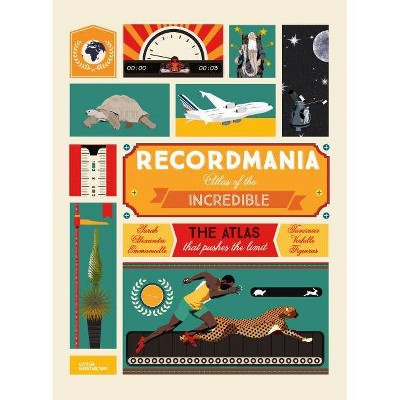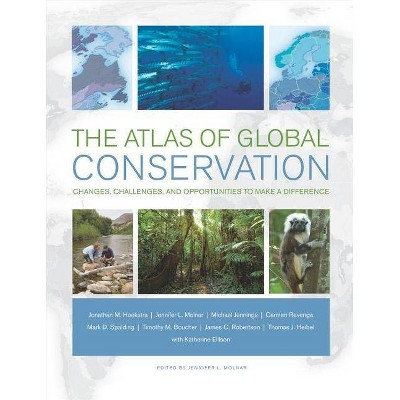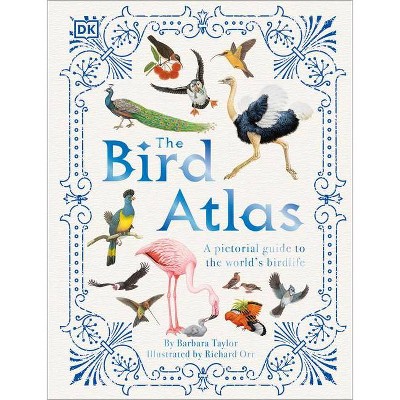Atlas of Cutaneous Branch Territories for the Diagnosis of Neuropathic Pain - (Hardcover)

Similar Products
Products of same category from the store
AllProduct info
<p/><br></br><p><b> Book Synopsis </b></p></br></br><p></p><p>This atlas is the result of research involving over 3,000 patients consecutively recruited since 2004. Clinical practice gives the opportunity to observe many more Aβ axonal lesions (axonotmesis) than transections (neurotmesis), consequently the mapped hypo aesthetic territories are partial. Therefore, the authors define for each cutaneous nerve branch, the autonomous territory and the boundary markers of the largest territory of cutaneous origin. Each anatomical chart of a cutaneous branch is the superposition of tens, even hundreds of observations seen in clinical practice - based on 3,133 maps of observed cutaneous hypoaesthetic territories. The data collected has also been cross-referenced with that published in nearly 100 other anatomy books.</p><p>This 1<sup>st</sup> English edition - based on the 3<sup>rd</sup> French edition published by Sauramps Medical - illustrates the usefulness of anatomical knowledge for clinical practice. More precisely, it seeks to demonstrate how these topographic elements can offer valuable support, both for the clinical anamnesis, and for the clinical examination of neuropathic pain patients.</p><p> This atlas is at the crossroads between the medical and rehabilitation disciplines. Accordingly, it addresses the needs of medical doctors, from GPs to specialists, and of pain therapists, and offers a valuable asset for all health professionals who are dedicated to the management of pain and associated problems.<br></p><p></p><p></p><p/><br></br><p><b> From the Back Cover </b></p></br></br><p>This atlas is the result of research involving over 3,000 patients consecutively recruited since 2004. Clinical practice gives the opportunity to observe many more Aβ axonal lesions (axonotmesis) than transections (neurotmesis), consequently the mapped hypo aesthetic territories are partial. Therefore, the authors define for each cutaneous nerve branch, the autonomous territory and the boundary markers of the largest territory of cutaneous origin. Each anatomical chart of a cutaneous branch is the superposition of tens, even hundreds of observations seen in clinical practice - based on 3,133 maps of observed cutaneous hypoaesthetic territories. The data collected has also been cross-referenced with that published in nearly 100 other anatomy books.</p><p>This 1<sup>st</sup> English edition - based on the 3<sup>rd</sup> French edition published by Sauramps Medical - illustrates the usefulness of anatomical knowledge for clinical practice. More precisely, it seeks to demonstrate how these topographic elements can offer valuable support, both for the clinical anamnesis, and for the clinical examination of neuropathic pain patients.</p><p>This atlas is at the crossroads between the medical and rehabilitation disciplines. Accordingly, it addresses the needs of medical doctors, from GPs to specialists, and of pain therapists, and offers a valuable asset for all health professionals who are dedicated to the management of pain and associated problems.</p><p/><br></br><p><b> About the Author </b></p></br></br><p></p><p>In 2004, Claude J Spicher, Certified Hand Therapist Switzerland, founded the Somatosensory Rehabilitation Centre of the human body at the Clinique Générale, a member of the Swiss Medical Network. He is a scientific collaborator for the Department of Neurosciences and Movement Sciences, University of Fribourg (JM Annoni) and an affiliate member of the School of Physical and Occupational Therapy, Faculty of Medicine, McGill University (Montreal). Since 2004, he is editor-in-chief of the <i>e-News Somatosens Rehab</i>, the official e-journal of the Somatosensory Rehabilitation of Pain Network (SRPN). Claude has given more than three hundred invited presentations in Europe, USA, Canada and Japan. He has published books and articles in several internationally renowned publications as <i>Somatosens Mot Res</i>, <i>J Reconstr Microsurg, Pain Med.</i></p><p>Tara L Packham, PhD, Certified Somatosensory Therapist of Pain (CSTP<sup>(c)</sup>), is an occupational therapist and assistant professor in the School of Rehabilitation Sciences at McMaster University in Hamilton (ON), Canada. She conducts clinical research in neuropathic pain, particularly related to upper extremity conditions and injuries. Her program of research also emphasizes outcome measurement and moving research into practice. Tara has published multiple papers on these topics, and presented over hundred times at national and international meetings on these topics. She is active in the International Association for the Study of Pain, their special interest group on Complex Regional Pain Syndrome (CRPS), the Canadian Pain Society and the Canadian and American Societies of Hand Therapists. She also serves on the editorial boards of the <i>J Hand Ther </i>and <i>Pain Med</i>, and the scientific advisory board for the International Consortium for CRPS research.</p><p>Nadège Buchet, CSTP<sup>(R)</sup>, OT graduated from <i>Institut de Formation en Ergothérapie de Rennes</i>(France). As an instructor with the SRPN, she has taught in Lausanne, Mulhouse and Montpellier. Nadège has published in several renowned publications. Since 2010, she has been a co-author of this atlas.</p><p>Isabelle Quintal, MSc<sub>(c)</sub>, CSTP<sup>(R)</sup>, BSc OT graduated from University of Montreal, and lecturer in the occupational and physical therapy programs at University of Montreal. She is working in<i>Centre Professionnel d'Ergothérapie </i>(Montreal). As an instructor with the SRPN, Isabelle has taught in Brussels, Freiburg, Montpellier and Montreal. She has published in several internationally renowned publications as <i>Encyclopédie Médico-Chirugicale</i> and <i>J Hand Ther</i>.Since 2013, she has been a co-author of <i>Rééducation sensitive des douleurs neuropathiques</i> and since 2017, she has been a co-author of this atlas.</p><p> </p><p>Pierre Sprumont is an emeritus professor of anatomy at the Faculty of Science and Medicine of the University of Fribourg (Switzerland). He was educated as a physician and specialist in internal medicine. He published over sixty scientific articles on the relationships between ovary and immunity, on the cellular mechanisms of brain oedema, on the anatomical terminologies and their early history. He is the past-secretary of the Federative International Programme on Anatomical Terminologies (FIPAT) where he mainly dealt with the ontologies of anatomical entities. He still participates in the FIPAT "Informatics" working group, which he co-ordinated during 6 years.</p><p></p>
Price History
Price Archive shows prices from various stores, lets you see history and find the cheapest. There is no actual sale on the website. For all support, inquiry and suggestion messagescommunication@pricearchive.us
